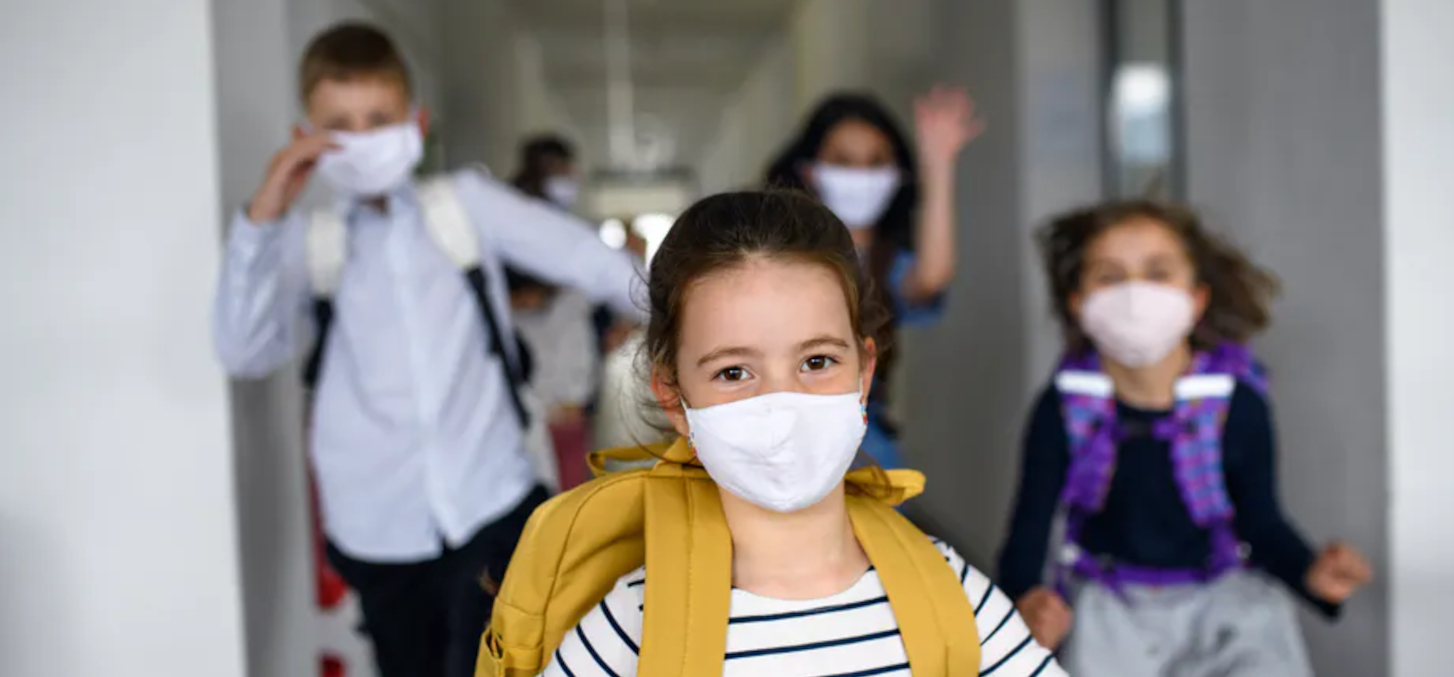Plus, new research into what happens in our brains when we daydream. Listen to The Conversation Weekly podcast.
As many children head back to school, we look at what really works to help stop COVID-19 transmission in the classroom in this episode of
The Conversation Weekly podcast. And we hear about new research into what’s happening in our brains when we daydream.
The pandemic caused the biggest disruption to children’s education in over a century, according to the UN. Now, as the new term begins in the northern hemisphere, teachers and students are returning to schools, colleges and universities even as case levels of the more infectious Delta variant of COVID-19 remain high in many countries.
Brandon Guthrie, an associate professor of global health an epidemiology at the University of Washington, has been reviewing the evidence on transmission closely throughout the pandemic in the US. He’s confident that, with the right balance of measures, young people and their teachers can go back safely to in-person teaching.
But Guthrie says it’s important to think through “what the benefits and the costs are” of the various COVID interventions being tried in schools. He runs through the evidence on everything from vaccination and masks, to mass testing, bubbles and social distancing.
À lire aussi : State efforts to ban mask mandates in schools mirror resistance to integration
For those parts of the world where masks remain mandatory in classrooms, the teaching experience will still feel very different. Laura Abou Haidar, a professor of linguistics at the Université Grenoble Alpes in France, explains why teaching in a mask is so difficult for both teachers and students – and provides some tips on how to make it better. She says what “masks hide”, including teachers’ smiles of encouragement, should be translated into words. (Listen from 18m30)
Regardless of the COVID rules in place, some children could find their concentration lapsing as they get used to being back in class. In our second story, we dig into the science behind daydreaming – something that’s long been a bit of a mystery to scientists. Thomas Andrillon, research fellow at the Paris Brain Institute in France and an adjunct research fellow at Monash University in Australia, explains his new research on what’s happening in our brains when our mind wanders. It’s confirming just how fine a line there is between being asleep and being awake. (Listen from 26m50)
À lire aussi : What is daydreaming? Parts of the brain show sleep-like activity when your mind wanders
And Heather Kroeker, a health editor at The Conversation in London, recommends some recent health stories. (Listen from 39m40)
This episode of The Conversation Weekly was produced by Mend Mariwany and Gemma Ware, with sound design by Eloise Stevens. Our theme music is by Neeta Sarl. You can find us on Twitter @TC_Audio, on Instagram at theconversationdotcom or via email on podcast@theconversation.com. You can also sign up to The Conversation’s free daily email here.
News clips in this episode are from WION News, ABC News, KSAT12 News, News4JAX, NBC News and CNA News.
You can listen to The Conversation Weekly via any of the apps listed above, download it directly via our RSS feed, or find out how else to listen here.
Cet article est republié à partir de The Conversation sous licence Creative Commons. Lire l’article original.


